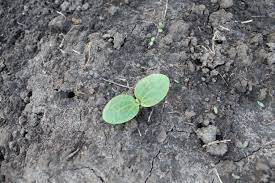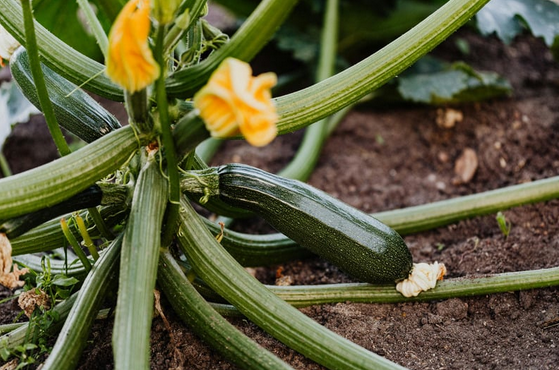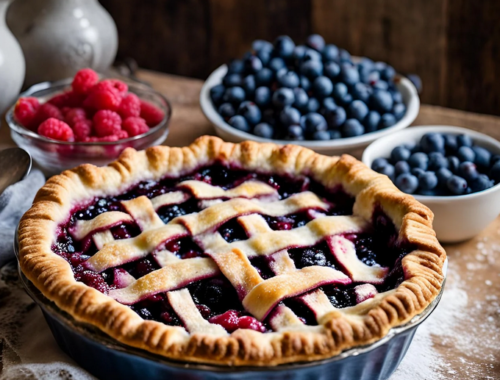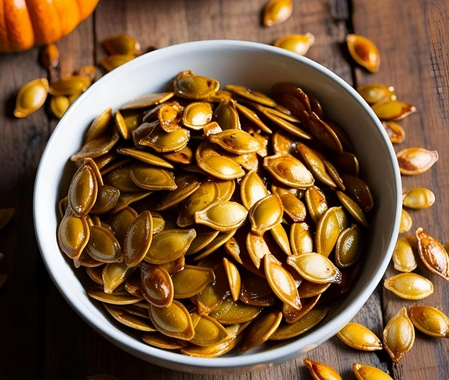
Texas Zucchini and Summer Squash
Accumulating my notes for gardening in Central Texas (zone 8b/9a). I hope that this assists you in your garden journey as well! As an Amazon Affiliate I may earn from qualifying purchases.
Zucchini
Teach a man to fish, he eats for a day. Teach him to garden, and the whole neighborhood gets zucchini.
Planting Season
Spring (late February – early March) *preferred*
Fall (mid July – early September)
Sowing & Planting
While they can be started indoors in advance, it is recommended to direct sow them after
Square Foot Gardening Size
Extra Large – 1 per four square feet
Hydroponics
No, too large for pretty much any home hydroponics system.
My Preferred Varieties
Astia (container garden friendly)

Companion Planting
Good Companions
- Beans
- Corn
- Dill
- Garlic
- Marigolds
- Nasturtiums
- Peas
- Spinach
Bad Companions
- Cucumbers
- Lovage
- Melons
- Other Zucchini/Summer Squash
- Pumpkins and Winter Squash
Requirements, Plant Care, and Maintenance

Soil
Zucchini grows best in sandy, fertile soils, with a pH between 6.0 and 6.5. Remove all rocks and work the soil several weeks before planting. Summer squash grow best in soil with lots of organic matter. Spread 2-3 inches of compost material on the growing area and mix into the top 8-10 inches of soil.
Fertilize after the first blooms appear.
Water
Water the plants enough to keep them from wilting. If the weather is really dry they should be watered at least once a week.
Can benefit from a 2 inch layer of straw mulch, and/or an olla to assist during the summer.
Support
Many squashes can be staked, trained, and trellised vertically to reduce the space they take in the garden, however it’s not required if you have a large enough area for the vines to spread.
Pruning
It can be beneficial to prune leaves that are below harvested fruit. This makes future harvesting easier and can prevent mold and other decomposition diseases.
Tips and Tricks
- Growing vertically is my biggest tip with these varieties. It can be a great space saver in the garden as well as provide shade for companion plants.
Harvesting and Using
Harvesting
Storing
- Fresh at room temp (short term)
- Freeze-dried
- Blanched and frozen
- Canned (pressure canned)
Seed Saving/Heirloom notes
Leave a squash to mature on the vine long past the point of typical
harvest, likely until the end of the season and the rest of the plant is
dying back. It will get quite large, have an extremely hard shell, and
when opened will have large hard seeds. Seeds must be fermented for 3-4 days before fully drying.
Seeds can only be saved from open-pollinated (heirloom or heritage) to ensure that the fruit will be similar to the parent.
To prevent cross-pollination, an isolation distance of 1/2 to 1 mile is recommended, otherwise hand pollination may be required in smaller gardens.

Grilled Chicken Thighs - Marinade

Fried Zucchini
You May Also Like

Blue-Raspberry Pie Filling
February 2, 2024
Roasted Pumpkin Seeds
March 31, 2025